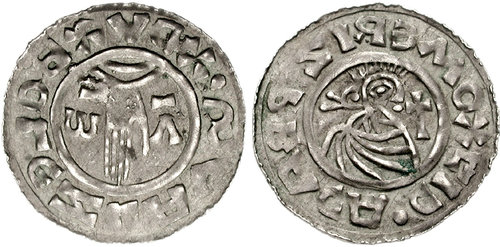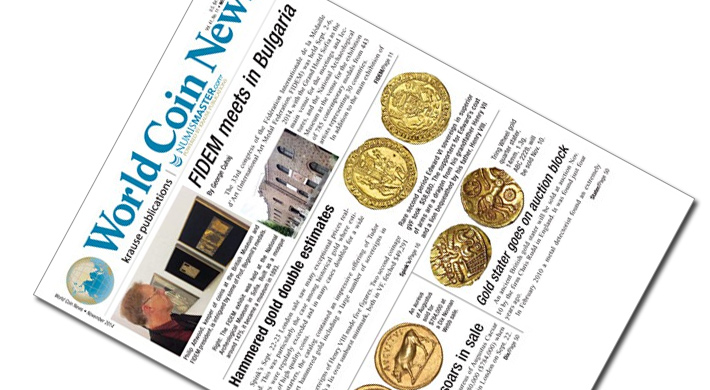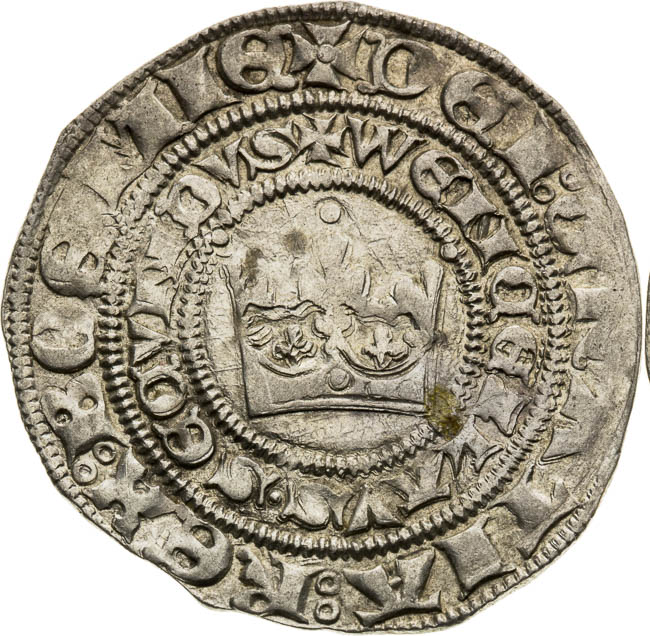New Tips To Coating Czechoslovakia Medals
Wiki Article
What Are The Advantages Of A Plaster Mold Used To Make An Initial Physical Representation For A Gold Coin Or Medal?
A gold coin or gold medal design is utilized to serve as a design reference for the artist or designer. The design could be a sketch made with a pencil, or it may be a digital image made by using graphic software. Other materials, such as wax or clay, may also be used.
Plaster preparation - Plaster is mixed with water to produce an easily-workable consistency. The mixture must be uniform and free of lumps to create the best mold.
The base is where the maquettes will be sculpted. It is typically a wooden board, or a flat and stable surface.
The Maquette is designed by using the gold design as a model. This involves shaping plaster into a three-dimensional or relief image of the coin.
Detailing and Refinement - The artist creates details, refines the contours and ensures accuracy in proportions and design elements. Precision and attention to details is required at this stage.
Allowing for drying and setting- Once the sculpting is complete, the plaster has to be allowed to dry and set. This allows the maquette's form to remain and also for hardening.
Finishing the Maquette- After drying out, the maquette will be smoothed further to eliminate any bumps or rough spots.
Preservation and Sealing - To preserve maquettes, and to prepare them for future processes like scanning or mold making an adhesive or a protection layer is applied.
The final plaster maquette functions as a tangible representation of the gold coin design or medal. It serves as a physical reference for the next steps of the production process including scanning for digital replication, creating molds for mass production or even as a reference for artists to visualize and refine the design prior to production. Take a look at the most popular Czechoslovakia gold coins plaster molds more advice. including cost of a gold bullion bar, mexican gold coins, 1933 double eagle, 1933 double eagle, gold quarter, gold and bullion, gold coins coin, 10oz gold bars, buy gold and silver, gold bullion coins and more.

What Is The Process By Which An Janvier Machine Transfer A Gold Coin Or Medal Design To The Hub Of The Master?
The Janvier machine (also known as pantographs or reducers) is a special device that can transfer a coin design or medal from the master hub to the working hub. Here is a quick overview of the Master Hub Creation.
Master dies are the initial mold or die that contains the exact design of the coin. To ensure precision the hub is usually made using CNC manufacturing and other precise techniques.
Janvier Machine Setup
The Janvier Machine is comprised of two components: a stylus to trace the design, and a tool that cuts the design.
The Janvier machine is equipped with a master hub that acts as a template to guide the transfer of the design.
The design is traced
The Janvier stylus in the machine captures the shape of the design as it travels along the surface of the master hub. When the stylus travels across the surface, it records the design profile.
The DesignReducing the Design
In tandem with the Janvier, the cutting tool replicates the traced designs onto the hub of the machine, which is usually constructed from steel, a soft metal or Nickel.
The cutting tool reduces or duplicates the design onto the working hub at an enlarge or decreased dimensions compared to the master hub. This reduction is vital to the process of minting, since it allows for the striking of coins or medals at the size you want.
Accuracy and Precision
Janvier’s machine works with precision and ensures the perfect transfer of details from the master machine to the hub. The machine is able to reproduce even the tiniest details and contours.
Quality Control
The working hub will be subjected to inspection and quality control to ensure it meets the specifications and precision for the striking procedure.
Further Processing
The hub of work created by the Janvier machine is used as a tool in the medal or coin striking process. The die or mold is used to produce multiple medal or coin blanks based on the design that was transferred.
Janvier machines are vital in the creation of coins and medals. They permit the exact reproduction of intricate coin or badge designs. Working hubs can be utilized in the mass production process of coins or medals. Have a look at the best janvier processing Prague Mint gold medals site recommendations. including twenty dollar coin, gold penny, purchase gold coins, gold coin dealers near me, gold quarter dollar, gold eagle, five dollar gold piece, buy gold pieces, 1933 double eagle, $50 gold piece and more.

Why Do Dies Need To Be Polished By Hand In Order To Get A Perfect Finish On Gold Awards And Coins?
There are many reasons why it is vital to polish dies manually in order for them to have a smooth, flawless surface. Improved Detail reproduction With hand polishing, imperfections, burrs or irregularities are eliminated from the surface of the die. Smooth surfaces allow for more accurate reproduction of fine details and intricate features on the medals struck or coins.
Quality of the coin or medal is improved- A polished dash ensures that the struck coins and/or medals are clean, clear edges and relief. It increases the aesthetics and the quality of your final product.
Polishing reduces friction, wear and tear that occurs during the process of strike. A smooth die's surface reduces the possibility of imperfections or irregularities on the medals or coins struck due to rough surfaces of the die.
Consistency in Striking. Hand-polished dummies give a consistent strike surface and ensure uniformity throughout the coining process. Consistency guarantees the accuracy and quality of the design on all coins and medals.
Durability of the DiesThe dies with a polished surface are less likely to be damaged or wear during the process of striking. Dies with higher durability and are able to be used for longer strikes without compromising the quality.
Precision and Accuracy. Hand polishing lets engravers precisely fine-tune, refine and even make sure that specific areas are perfect on the die. The details will be accurately reproduced on the struck metal or coin. The accuracy of a finished product is improved by this level of precision.
Quality Control – Polishing forms part of the quality control system. The examination of the die while hand polishing can be a method to identify and correct any imperfections or defects prior to the process of striking.
Surface Finish - Polishing is a way to impart a specific appearance or surface, that can increase the appearance of coins or medals or add distinctive particularities.
Hand polishing the dies of gold medals and coins by hand is an essential process to ensure that the final product will be of the highest quality precise, accurate, and pleasing on the eye. It has a significant effect on the final product in terms of quality, appearance, and durability. View the recommended hand polishing Czechoslovakia gold medals more info. including buy gold and silver, gold bars for sale near me, small gold coins, 1979 gold dollar, silver eagle coins, 1 0z gold price, medal gold medal, silver and gold buyer near me, gold quarter dollar, five dollar gold coin and more.

Why Do Limited Edition Or Collectible Coins Have Individual Numbers?
This article explains the method and reason the reason for this procedure. Here's why and how this counting takes place.
Sequential Numbering - Each coin in a limited edition series or collectible has an specific serial number. This number is usually printed or engraved on the edge or surface of the coin. This number represents the place of the coin within the collection.
Certificate of Authenticity: The coins could come with an authenticity certificate which matches its unique number. This certifies the authenticity of the coin, and provides details about the coin's series, its metal content, as well as minting information.
Motives behind Individually Numbering Coins
Authenticity Assurance - The individual numbering is a way to confirm the authenticity of the coin in the restricted edition. Each number serves as an identifier to ensure that the coin is authentic and part of the authorized collection.
Exclusive and rare Coins that are limited edition and have individual numbers are seen as rarer and more exclusive. Collectors are attracted to the numbered coins due to their scarce supply. They also add to the worth of the coins.
Numbered coin adds a collectible charm, allowing the collector to keep track of specific numbers and display them within an assortment. The sequence numbers that are less significant or more important might be thought to be more desirable.
Individual Numbering is a great way to encourage collector engagement and a desire to complete sets or Acquiring Specific Numbers. Collectors may seek out specific numbers according to their personal preferences or milestones.
Potential for resales and value- Coins that have unique serial numbers may have a higher value on market, particularly in the event that the serial numbers are less or are part of an extremely sought-after collection. Collectors usually consider these coins valuable due to their rarity and distinctiveness.
Provenance, Documentation, and Trackability- Numbering is used to facilitate tracking and documentation for each coin’s historical background. This aids in proving provenance in the collectible market.
The mints and issuers can establish authenticity by numbering the limited edition gold coins. They also provide exclusivity. This increases their appeal to collectors who are looking for rare, valuable, or valuable pieces from specific series. Numismatics appreciate these coins due to their unique significance. Follow the most popular Czechoslovakia gold coin numbering website advice including american eagle gold coin price, gold and silver dealers, american gold eagle, gold doubloons, old coins, gold bars price, gold biscuit buy, euro coins, gold coins near me, buy gold pieces and more.
